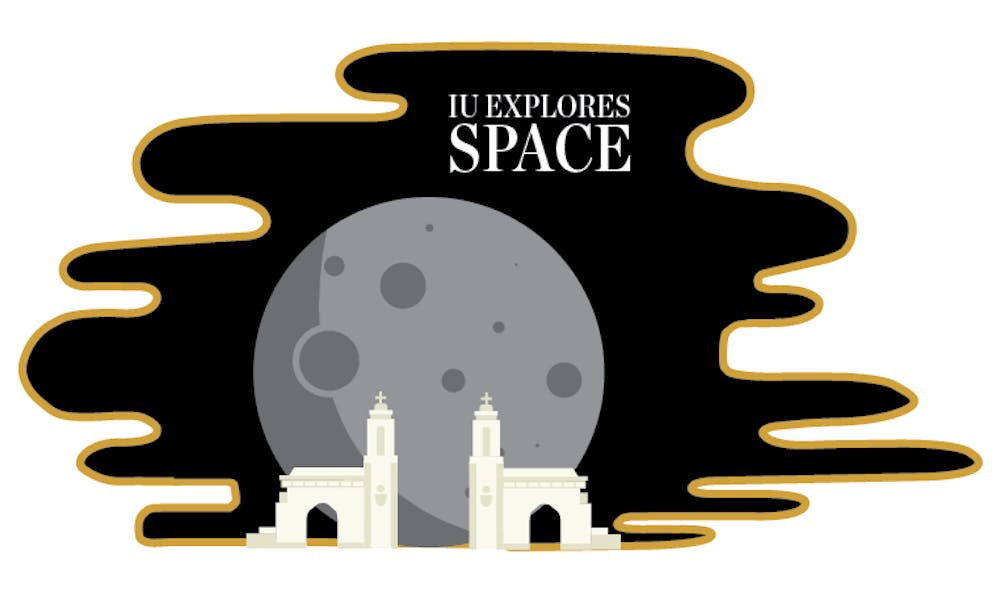Just because IU doesn’t have a spaceport doesn’t mean it hasn’t been a part of space exploration and research. Here are some noteworthy contributions and associations the University has made with NASA, space exploration and space studies.
Planetary Protection Officer Lisa Pratt
NASA recently named Lisa Pratt, previous provost professor of Earth and Atmospheric Sciences, as its next Planetary Protection Officer. After receiving her doctorate in geology from Princeton University in 1982, she came to IU in 1987 as a faculty member.
As Planetary Protection Officer, Pratt is responsible for protecting Earth from contamination by extraterrestrial life forms that might be found in places, such as in water or ice, on Mars. She is in charge of ensuring no Earth microbes contaminate Mars. She is also a liaison between NASA and international groups, such as the Committee on Space Research, on issues relating to planetary protection.
She stepped into the boots of Planetary Protection Officer March 26. Our planet is in her hands now.

The Cyclotron
The Cyclotron at the Indiana University Cyclotron Facility, now the Multidisciplinary Engineering and Sciences Hall in IU's Technology Park North, was used for radiation-effect studies on electronic systems designed for space. It consisted of a large, four-part radiation machine capable of accelerating protons to 200 MeV, or electronvolts, preceded by a smaller injector cyclotron and other implements, such as the “beam swinger” and a “pion spectrometer.”
The Cyclotron, stationed at IU in 1976, was later used as part of NASA’s Radiation Effects Research Program, used to study the damaging effects of ionizing radiation on electronic components. The Cyclotron simulated radiation as it exists in space. Various companies used the machine for testing electronic systems designed to be used in harsh space conditions. Among them were NASA, SpaceX, Boeing, Intel and Lockheed Martin.
Starting in 2007, the Cyclotron began administering radiation treatments to patients with certain types of tumors, until advanced technology resulted in its closure on Dec. 5, 2014.
Curiosity mission
When the NASA rover Curiosity reached Mars in August 2012, two IU geologists were there to analyze the data.
David Bish, the Haydn Murray Chair of Applied Clay Mineralogy, and Juergen Schieber, professor of geological sciences, helped develop some of Curiosity’s data-taking instruments and also analyzed data transmitted back to Earth about the rocks and minerals on Mars.
Dr. Mae Jemison and the 100-Year Starship
Dr. Mae Jemison was the first woman of color in the world to go to space. She served six months as a NASA astronaut in a joint shuttle mission with the Japanese space agency.
Jemison also leads the 100 Year Starship, an initiative to foster excitement and research needed for human travel beyond our solar system by the year 2112.
She served as the Poling Chair of Business and Government of the Kelley School of Business during the 2016-17 academic year.
As Poling chair, she stimulated discussion in areas of leadership, interactions between the public and private sector, economic growth, technology research and development and sustainability.
She was also the first astronaut to appear on the television show “Star Trek.”



